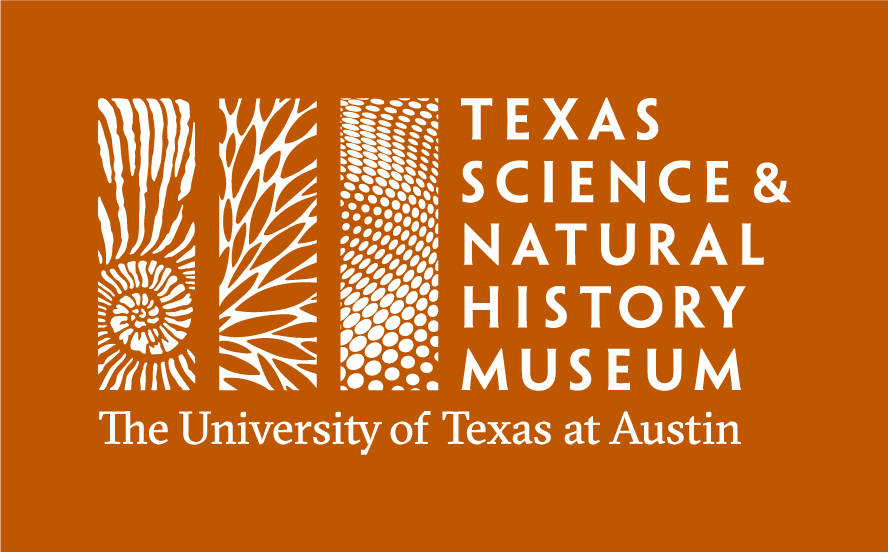Current Exhibits
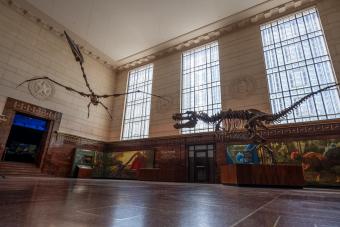
Texas Titans
Walk beneath the 33-foot wingspan of a pterosaur, Quetzalcoatlus northropi, the largest flying creature to ever live, and meet our new tyrannosaur!
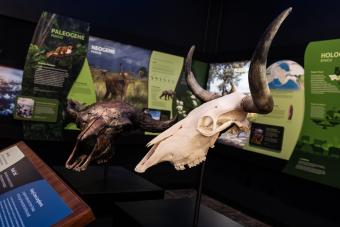
Texas Transformation Gallery
Experience Texas’ shifting environmental identity over 600 million years of life through stunning imagery, newly exhibited fossils and a paleogeographic time-lapse animation.
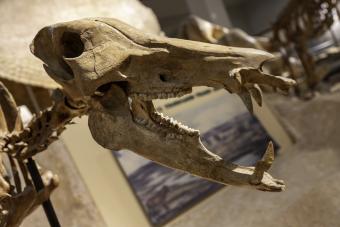
Paleontology Gallery
Discover spectacular fossils of plants and animals that once inhabited the lands and waters of Texas.
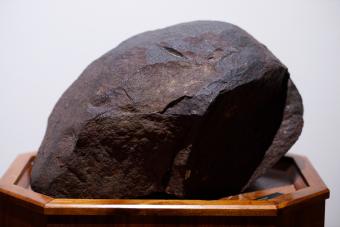
Geology Gallery
See treasures from the geological collections, including meteorites, tektites and invertebrate fossils.
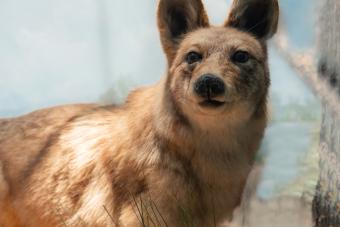
Texas Wildlife Gallery
Explore the museum’s legacy Texas Wildlife dioramas featuring the diverse animals and ecoregions of Texas.
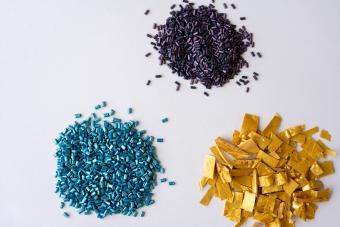
Particles of Color
Explore the science and creativity behind new eco-friendly sequins developed by UT Austin faculty and students in an innovative new exhibit opening April 6.
Future Exhibits

Discovery Center (coming in 2025)
Get up close and personal with real fossils and engage in scientific thinking in a hands-on educational learning space.

Science Frontiers
Learn about the advanced research happening at UT Austin and explore the role of cutting-edge science impacting life in the natural world.

Memorial Gallery
This future exhibit will share the history of Texas Memorial Museum, from its founding during the Texas Centennial and completion of the Art Deco building in 1937, to the contributions of University and statewide communities over the years.

